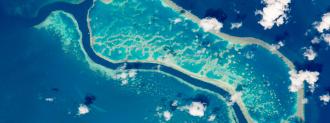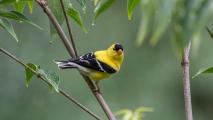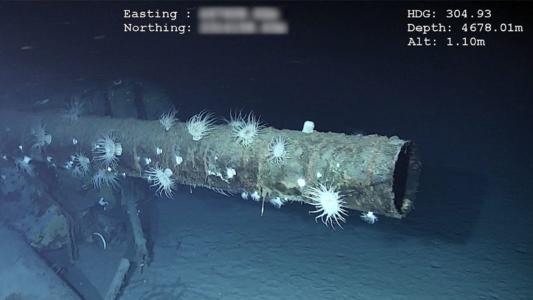Spring is an excellent season for citizen science when volunteers get outside and collect data for real scientific research. But with lockdown orders still in place for many Americans, online opportunities for citizen scientists are filling in.
Imagine traveling the world’s oceans on a research vessel, or going back in time to see first-hand accounts of our changing nation. People across the country are doing just that — by volunteering on web-based research projects.
These datasets can be huge. Combing through them to classify data or identify patterns is time-consuming. But crowdsourcing help is a win-win partnership. Researchers can move their projects along faster while getting the word out to the public. And citizen science volunteers make a difference in research while learning and having fun in the process.
Last month, NASA released a new citizen science opportunity — a video game where players build a map of the world’s coral reefs.
When you look through the water from above, the seafloor looks rippled and distorted. But NASA recently developed a unique lens, called a fluid lens, that can penetrate the ocean’s surface and see the subsurface in more detail. These “fluid-lensing” cameras use a sophisticated algorithm to reverse the warping created by water.
NASA flew these special cameras, mounted on aircraft or drones, above Puerto Rico, Guam, and American Samoa — collecting 3D images of the seafloor and coral reefs. Now NASA needs your help making sense out of all the pictures.
Just by playing their video game, NeMO-Net, you’ll help build a unique map of the world’s coral reefs.
“NeMO-Net leverages the most powerful force on this planet: not a fancy camera or a supercomputer, but people,” said Ved Chirayath, who developed the neural network behind the game at NASA’s Ames Research Center, in a statement. “Anyone, even a first-grader, can play this game and sort through these data to help us map one of the most beautiful forms of life we know of.”
In the game, you’ll travel on a virtual research vessel, the Nautilus, identifying and classifying corals. Players are not only generating data on reefs by playing the game, they are also training a supercomputer to do the same.
Using machine learning, NASA’s Pleiades supercomputer will learn how to recognize corals in images from watching the games. The computer isn’t good enough to know what a coral looks like on its own, but it’s really good at watching and learning from humans who do.
If you’re more interested in history than science, you can join a growing group of “citizen archivists.” By tagging, transcribing, and commenting on documents at the National Archives, you’ll make history searchable.
The archives contain endless troves of historical documents, from the Bill of Rights to Navy ship’s logbooks — which historians and researchers continue to turn to. Forget microfiche — tagging, transcribing, and digitizing documents will make research permanently more accessible in today’s “command-f” world. Some old text can be read by an automated character recognition tool. But the dramatic cursive of the 18th and 19th centuries can usually only be deciphered with the human eye.
The National Archives adds new missions regularly. Today, you have the option to sift through original, dog-eared, hand-notated letters and speeches from Franklin D. Roosevelt, or tag old-timey 1800s photos from the Bureau of Public Roads, or read court documents related to the revolt on the slave ship Amistad. For a history buff, the only way to get closer to some of these original documents is to touch them yourself — which you often can’t, given their delicate condition.
Since the lockdown began, the weekly number of pages that citizen archivists have made digitally accessible has tripled, and the average weekly number of volunteers has gone from 300 to 600.
“People are excited to help us and do volunteer projects,” said Suzanne Isaacs, a National Archives Catalog community manager, in a recent newsletter. “Their work unlocks some amazing things.”
Other citizen science projects can be found on the website Zooniverse. It is the world’s largest citizen science platform, hosting nearly 100 projects ranging from ecology and space to history and art. You can help researchers understand the lives of penguins in Penguin Watch, a popular project that has more than 8,000 volunteers. Or study urban noise pollution in a project called The Sounds of New York City.
Whatever your interests are, there is sure to be an engaging way to spend your lockdown, learn something new, and contribute to valuable research at the same time.





